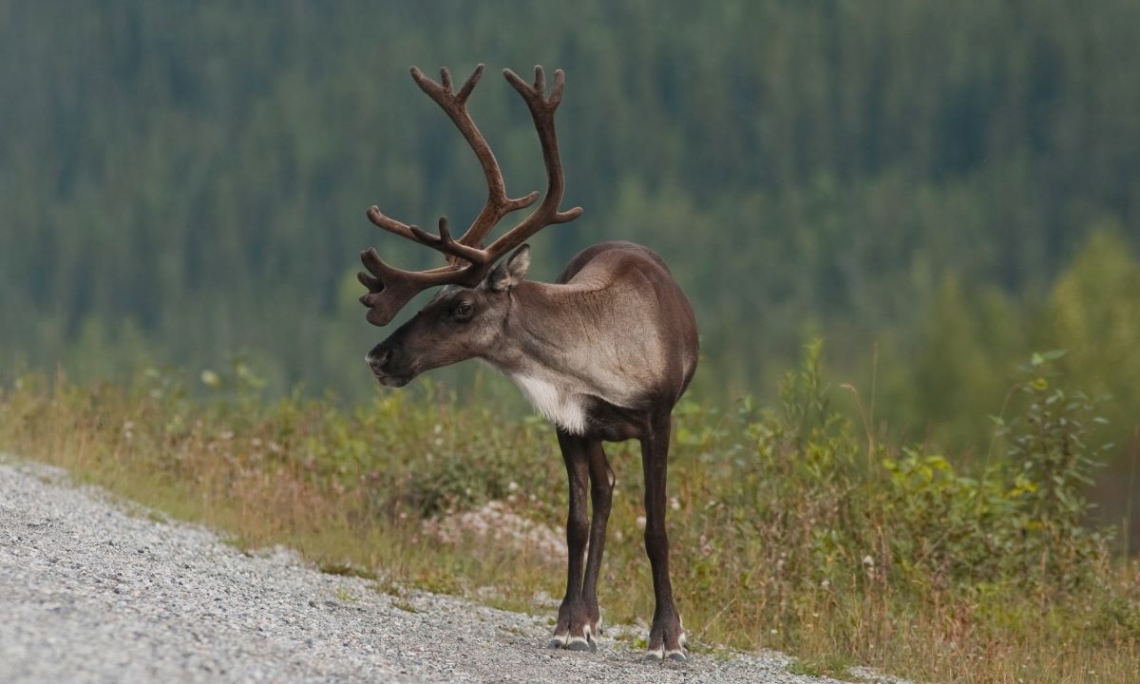Social-ecological Reclamation in the Northwest Territories: A Framework for Healing Human-caribou Relations


The impacts of mining activity on human-caribou relationships in the Northwest Territories have been a focus of study in both the natural and social sciences for decades. Guided by Łutsel K’e Dene First Nation elders and harvesters, this study used dendrochronology methods and best practices for Traditional Knowledge research in the community, to explore historical and contemporary patterns of caribou movements near Gahcho Kué, Northwest Territories (63° 48’ N, -109° 8’ W). Data from trample scars analyzed from this site suggest that the area has been a critical habitat for caribou particularly during the years 1990-2005. Traditional Knowledge from local Indigenous peoples, suggests that reclamation of current mine sites in the range of the Bathurst caribou herd must be done in ways that ensure human-caribou relations and landscapes are healed for future generations.
The results are consistent with trample scar research in Bathurst range and previously documented Traditional Knowledge that asserts caribou have started moving away from the area since the dramatic increase of mining activity in the region with significant social, economic and cultural consequences for Indigenous peoples. The study outcomes may be of interest to policy makers and others involved in reclamation seeking insights about patterns of caribou activity in the region preceding the advent of significant mining activity.
With the aim of contributing to the literature on community-based resource management, this thesis argues that a social-ecological approach based on both science and Traditional Knowledge can improve the reclamation and process for both people and caribou.